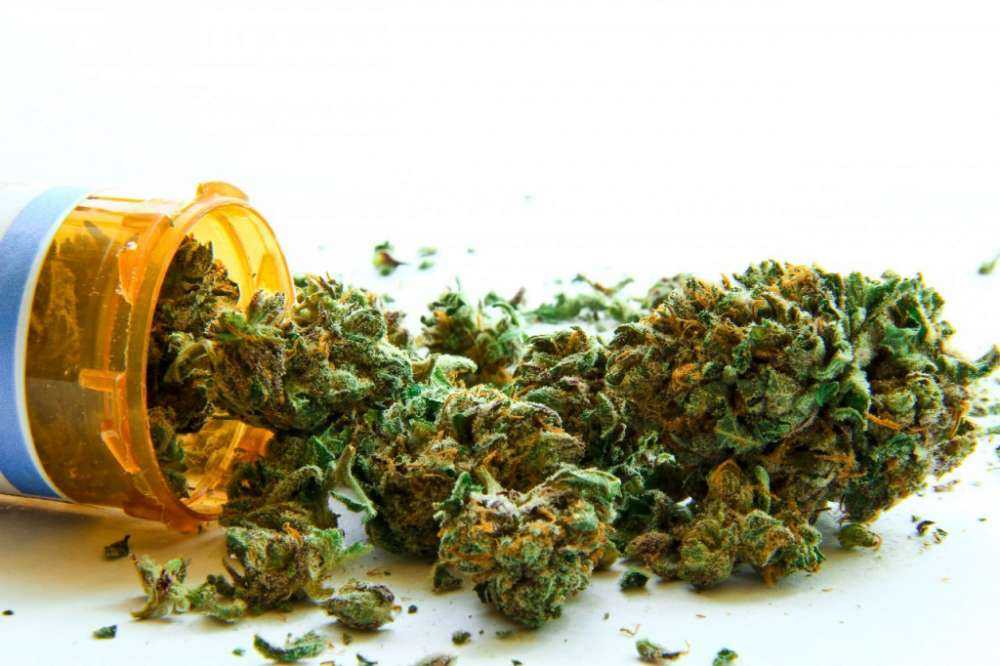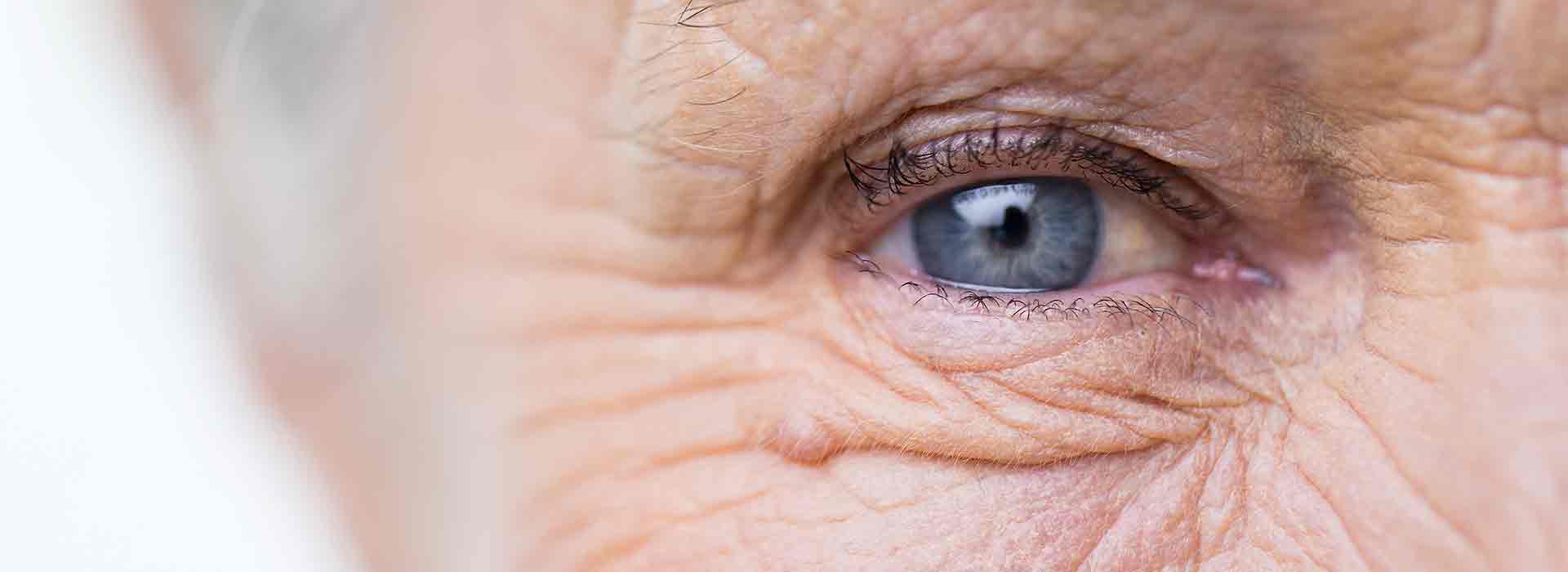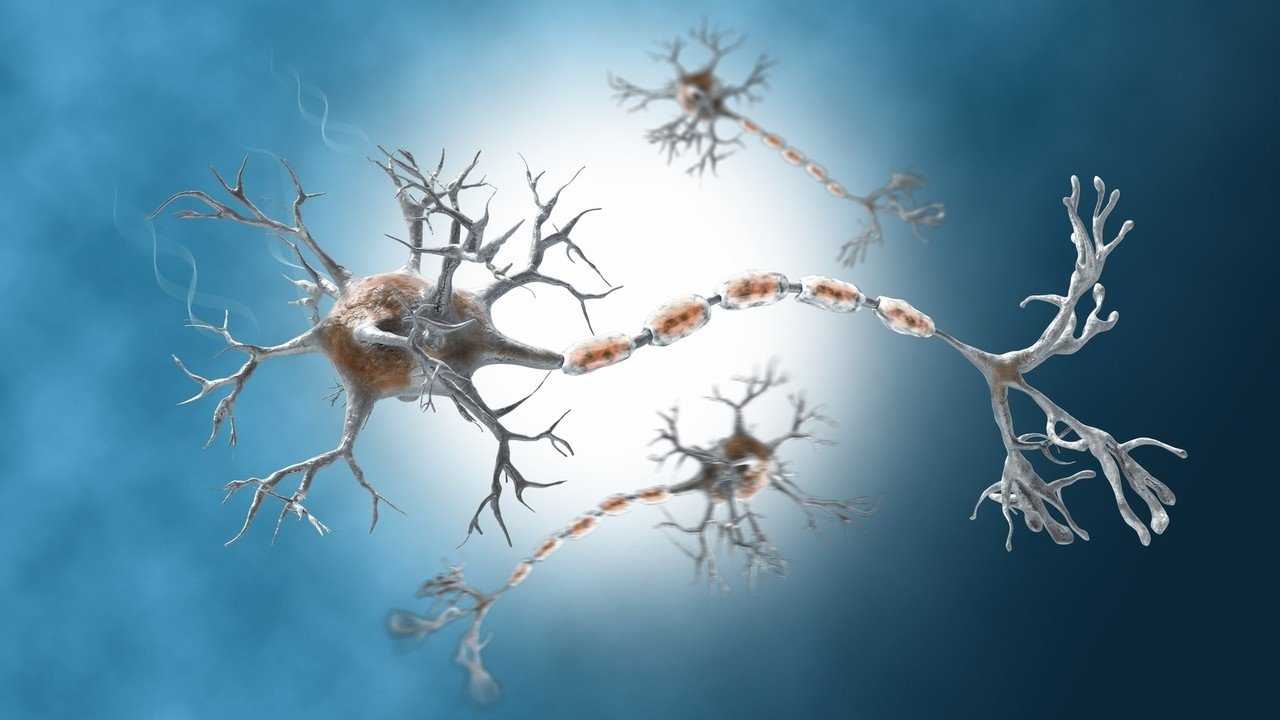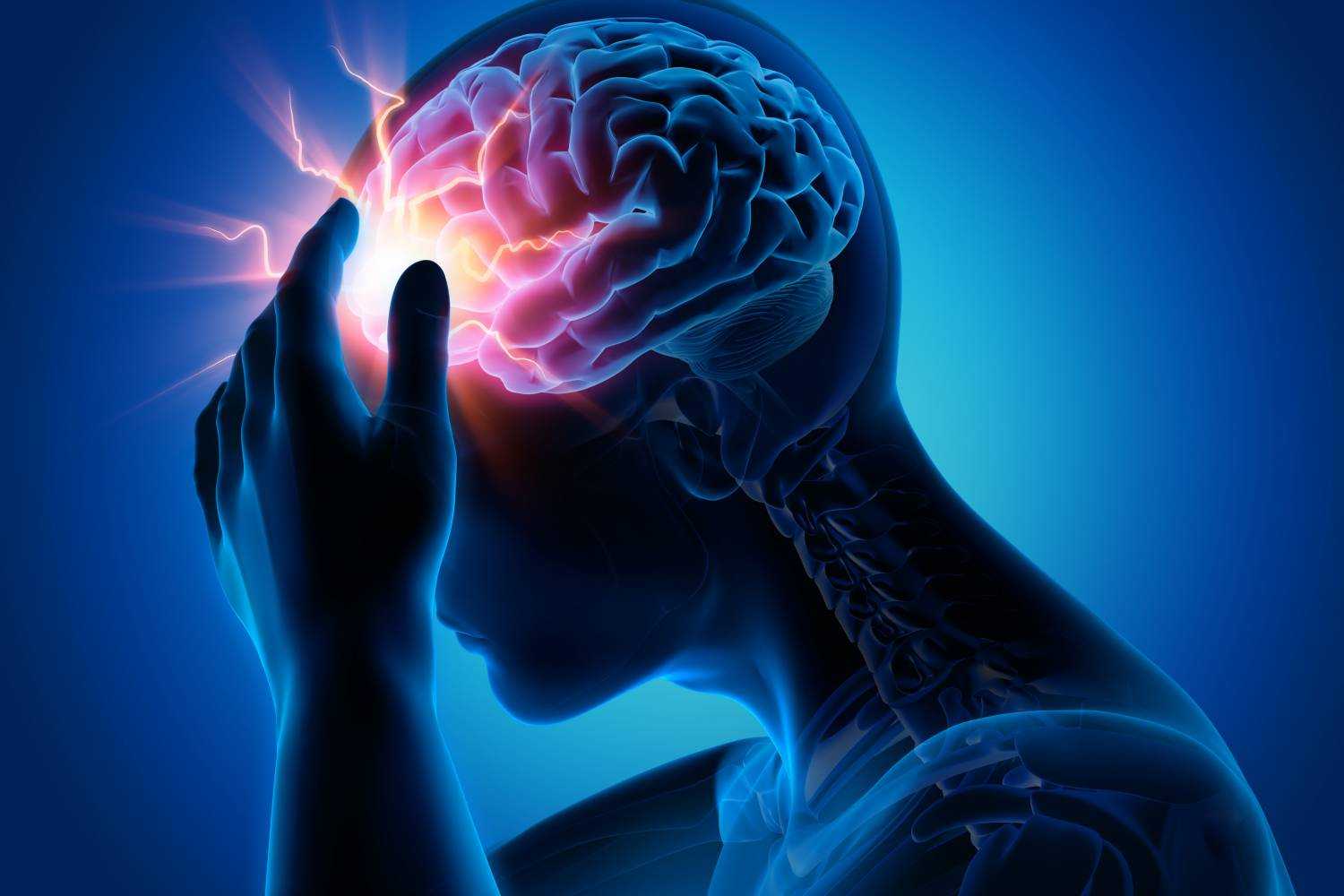BY DR. VIKAS PURI
Erectile dysfunction, sometimes called “impotence”, is the repeated inability to get or keep an erection firm enough for sexual intercourse.
Between 15 to 30 million men (in USA) suffer from erectile dysfunction. In older men, erectile dysfunction usually has a physical cause, such as disease, injury, poor nutrition, or side effects of drugs.
Erection begins with sensory or mental stimulation, or both. Impulses from the brain and local nerves cause the muscle of the corpora cavernosa to relax, making the penis expand. The tunica albuginea helps trap the blood in the corpora cavernosa, thereby sustaining erection. When muscles in the penis contract to stop the inflow of blood and open outflow channels, erectile is reversed.
Damage to the nerves, arteries, smooth muscles, and fibrous tissues, often as a result of disease, is the most common cause of erectile dysfunction. Disease such as diabetes, kidney disease, chronic alcoholism, MS (multiple sclerosis), atherosclerosis, vascular disease and neurological disease, account for about 70% of ED (erectile dysfunction) cases. Smoking, being overweight and avoiding exercise are possible causes of ED. Blood pressure drugs, antihistamines, anti-depressants, and cimetidine can produce ED as a side effect. Psychological factors such as stress, anxiety, guilt, depression, lower self-esteem, and fear of sexual failure cause 10-20% of ED cases.
Is acupuncture effective for erectile dysfunction?
The traditional Chinese medicine method of using needle is the primary type of “acupuncture” that’s been studied for treating erectile dysfunction (ED). It is thought that the release of hormones and increase Qi (energy) blood circulation and flow that helps with erectile dysfunction. The benefits of acupuncture for ED are also focused on psychological erectile dysfunction.
Also, Chinese herbs are used as an alternative therapy to increase the curative effect for erectile dysfunction. For example: red ginseng and herbs that tonify kidney Yang and Qi.
In Chinese medicine, there are many different reasons why a person might be dealing with erectile dysfunction, everything from stress, anxiety, or reactions to medications that they are taking.
So through the addition of acupuncture treatment, herbs and lifestyle changes, we can actually get some wonderful results from those who are suffering or experiencing erectile dysfunction.
It is also vitally important to look at the role nutrition plays in relation to erectile dysfunction (ED). There is a direct connection between heart health and sexual health. The same plaque that clogs arteries and leads to heart disease also hinders blood flow to the penis, making it harder to get and maintain an erection. Because of this, erectile dysfunction can sometimes be an early warning sign of heart disease. If you are experiencing erectile dysfunction it is a good idea to get screened for heart disease as well. Luckily, the early signs of heart disease and erectile dysfunction can be addressed at the same time. A 2013 Canadian study published in Urology[1] found that participants had a 10% lower risk of erectile dysfunction with every additional serving of fruit and/or vegetables. Reducing your intake of saturated fats and adding more fruit and vegetables will reduce the risk and improve overall health. Common dietary sources of saturated fat include dairy products such as cheese, butter, ghee, milk, yogurt; meat such as beef, pork, lamb, chicken skin, lard, and processed meats; as well as fried and processed foods including deep fried foods, palm oil, cooking margarine, cakes, pastries, pies, donuts, and other high-fat snack foods. Clogged arteries from these foods can lead to erectile dysfunction, and can eventually block blood flow to the heart and brain. Fortunately, arterial blood flow can improve rather quickly simply by changing your diet. A low fat, mostly plant-based diet is an effective treatment for erectile dysfunction and can be paired alongside treatments such as acupuncture and chiropractic adjustments for a quicker recovery from ED.
The amino acid L-arginine has been found to be helpful in treating ED, as it converts to nitric acid in the body to reduce blood vessel stiffness. It can help relax blood vessels, including those around the penis. Beneficial foods that contain L-arginine include seaweed, pumpkin seeds, soybeans, peanuts, tofu, chickpeas, spirulina, and lentils. Considering adding these foods into your diet while reducing saturated fat and processed food intake, and get the blood flowing!
[1]Urology. 2013 Dec;82(6):1330-5. doi: 10.1016/j.urology.2013.07.061

 Community News1 week ago
Community News1 week ago
 Community News1 week ago
Community News1 week ago
 Community News2 weeks ago
Community News2 weeks ago
 Community News1 week ago
Community News1 week ago
 Community News1 week ago
Community News1 week ago
 Community News5 days ago
Community News5 days ago
 Community News5 days ago
Community News5 days ago
 Community News5 days ago
Community News5 days ago




























